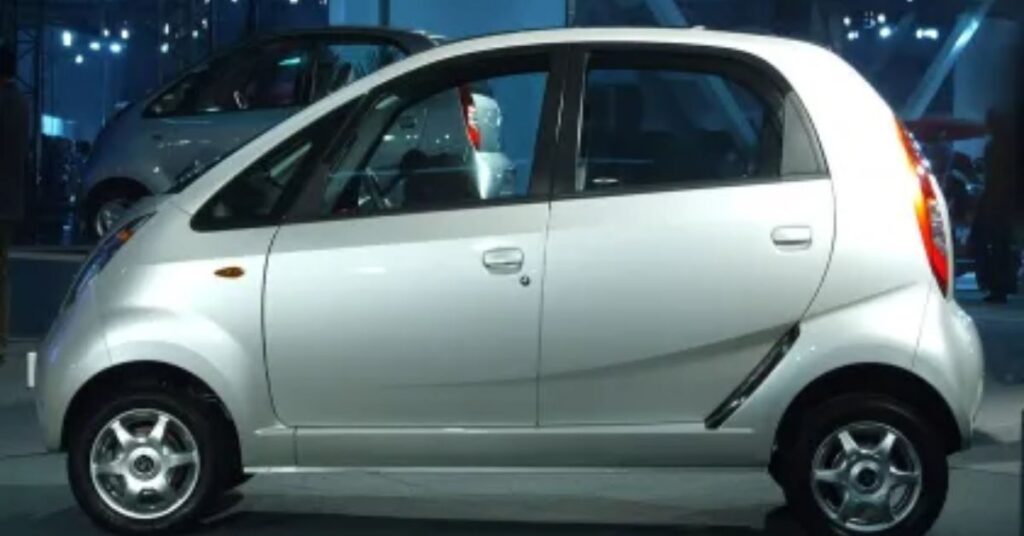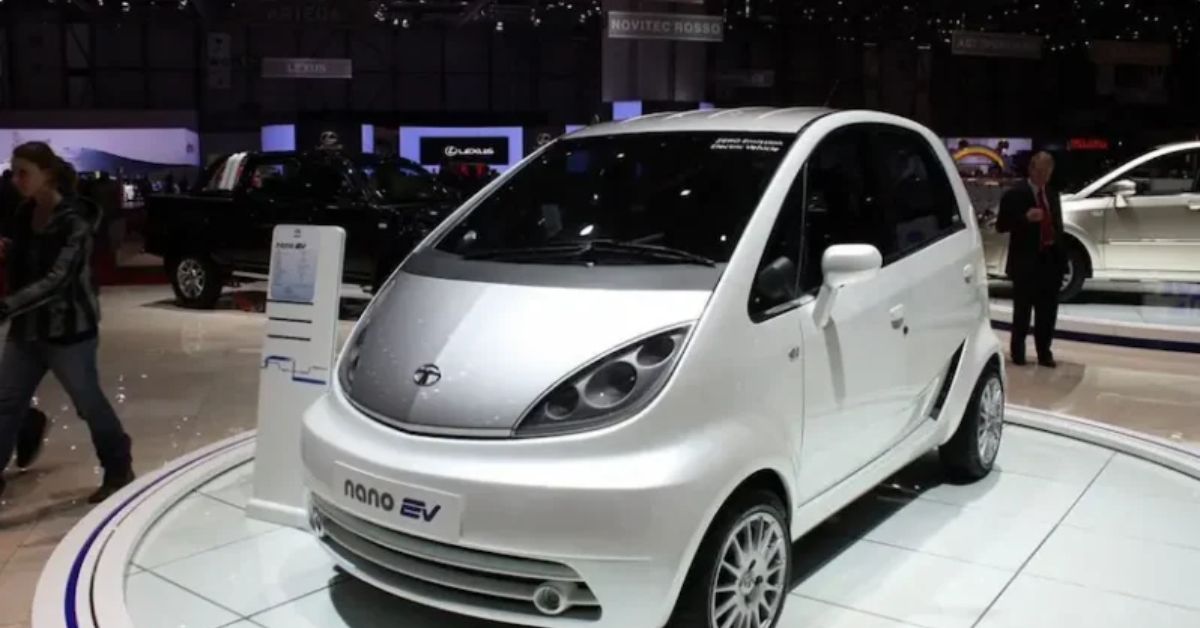Electric vehicles (EVs) are rapidly transforming the global automobile landscape. As environmental concerns and fuel costs rise, the demand for affordable and efficient electric cars is growing in India. One of the most anticipated entries in this space is the Tata Nano EV, which aims to offer budget-friendly electric mobility to millions of Indian consumers. This article explores the expected features, specifications, launch details, and market impact of the Tata Nano EV.
The Evolution of the Tata Nano
Originally launched in 2008, the Tata Nano was introduced as the world’s cheapest car. Despite its low price tag and compact design, the model struggled due to safety concerns and marketing challenges. However, the idea behind the Nano – to offer an accessible car to the average Indian – remains relevant. With the rise of EV technology, Tata Motors is reportedly reimagining the Nano as an electric vehicle, aligning with India’s push for sustainable transport.
Why the Tata Nano EV Matters
Rising Demand for Electric Vehicles
India’s EV market is expected to grow at a compound annual growth rate (CAGR) of 49% between 2022 and 2030, according to a report by the India Energy Storage Alliance (IESA). Government incentives, growing environmental awareness, and increasing fuel prices have encouraged the shift toward EVs. Yet, most electric cars available today remain expensive for a large segment of the population.
Bridging the Affordability Gap
The Tata Nano EV aims to fill this gap by providing a compact, efficient, and low-cost electric vehicle suited for urban commuting. It is expected to compete with entry-level petrol cars while offering the benefits of EV ownership such as lower maintenance and running costs.

Expected Features of the Tata Nano EV
While Tata Motors has not officially launched the Nano EV, several reports suggest potential specifications based on prototype testing and industry sources.
Battery and Range
The Nano EV is expected to be powered by a 17 kWh lithium-ion battery, offering a range of up to 250 km on a single charge. This range makes it ideal for daily city commuting. Fast-charging capabilities may allow the battery to reach 80% charge in under an hour, enhancing convenience for users.
Motor and Performance
It is anticipated that the vehicle will feature a 55 kW electric motor, delivering decent acceleration for city roads. The expected 0–60 km/h time is around 8.5 seconds, making it responsive enough for everyday driving needs.
Safety and Design
The electric version of the Nano is likely to include modern safety features such as:
- Dual airbags
- Anti-lock Braking System (ABS) with Electronic Brakeforce Distribution (EBD)
- Reinforced steel frame for structural safety
Additionally, the vehicle may receive design updates to improve aesthetics and aerodynamics.
Infotainment and Connectivity
To meet the expectations of modern consumers, the Nano EV could feature a 7-inch touchscreen infotainment system with Android Auto and Apple CarPlay support. Bluetooth connectivity, navigation, and voice command features are also likely to be integrated.

Estimated Pricing
Reports suggest that the Tata Nano EV could be priced between ₹4 to ₹6 lakhs, depending on the variant and features. Some sources speculate a possible introductory price as low as ₹1.5 lakhs, although this figure seems ambitious and is yet to be confirmed by Tata Motors.
If launched within this range, the Nano EV would be one of the most affordable electric cars in India, giving competition to models like the MG Comet EV and Citroën ë-C3.
Launch Timeline and Availability
As of now, Tata Motors has not made any official announcements regarding the launch of the Nano EV. However, media reports and auto portals suggest that the car could be launched as early as late 2025, following prototype testing and regulatory approvals.
Dealerships may begin accepting pre-orders with a refundable booking amount of ₹11,000, according to multiple sources. Customers would also be able to book the vehicle online once the official launch is announced.
Market Impact and Competitors
Entry-Level EV Segment Growth
The introduction of the Tata Nano EV would significantly boost the entry-level EV market in India. With affordable pricing and trusted brand value, it has the potential to attract first-time car buyers and those switching from two-wheelers.
Key Competitors
The Nano EV will face competition from:
- MG Comet EV – Starting at ₹6.99 lakhs
- Tata Tiago EV – Starting at ₹7.99 lakhs
- Citroën ë-C3 – Around ₹11 lakhs
Despite these alternatives, the Nano EV’s edge would lie in its price-to-performance ratio, compact size, and urban maneuverability.
Government Support for EVs
The Indian government has launched several initiatives to encourage EV adoption, such as:
- FAME II Scheme (Faster Adoption and Manufacturing of Hybrid and Electric Vehicles), which provides subsidies on electric vehicles.
- State-level EV policies in Maharashtra, Delhi, and Gujarat that offer additional incentives and road tax waivers.
These schemes could make the Tata Nano EV even more affordable, further strengthening its market appeal.
Environmental and Economic Benefits
Adopting electric vehicles like the Tata Nano EV can contribute significantly to:
- Reducing air pollution in urban areas
- Lowering carbon emissions
- Cutting down on fuel imports, thereby saving foreign exchange
In addition to environmental benefits, EVs offer lower running costs. The cost per kilometer for electric cars is typically ₹1–2, compared to ₹6–9 for petrol cars.
Conclusion
The Tata Nano EV represents a promising step toward affordable and sustainable urban mobility in India. With its expected low pricing, practical range, and essential safety features, it could become a game-changer in the entry-level EV market. While official confirmation is still awaited, interest in the model is growing among both consumers and industry observers.
As India moves toward a greener future, vehicles like the Tata Nano EV will play a crucial role in democratizing electric mobility for the masses.
